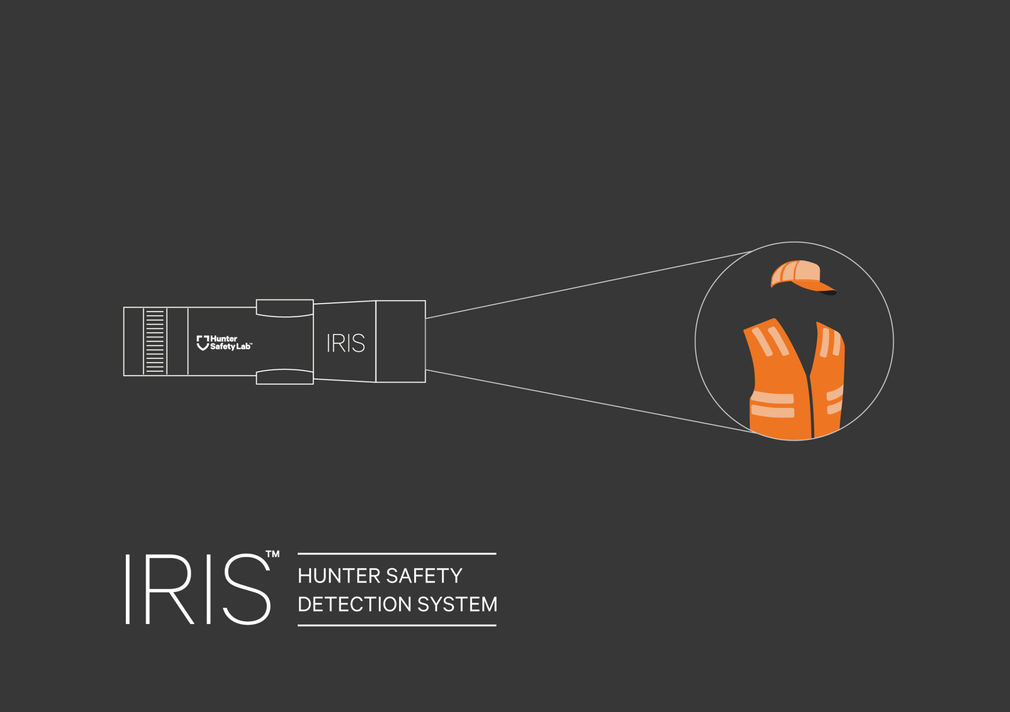Products that benefit participants of heartland (primary industry or great outdoors related) New Zealand industries or activities are often winners at the Best Awards and this year provided no exception. Hunting is a much-loved activity in New Zealand but accidental hunting deaths are an unfortunate corollary of the sport. As such, the Hunter Safety Lab’s development of the IRIS Detection System – a preventative system – has the potential to do a great amount of good. The IRIS system is borne of real need; it is not a solution to a problem that no one knew existed.
Purple Pin Case Study — Product
Hunter Safety Lab Limited
IRIS Hunter Safety Detection System
Background




Hunter Safety Lab’s IRIS system pairs a rifle-mounted infrared laser sensor with retro-reflective patches incorporated into IRIS-detectable vests and caps. The system, which is globally unique and took three years to develop, creates a new category of active safety technology for hunters that should dramatically reduce the number of hunting accidents.
News stories pertaining to accidental deaths, often between hunting partners, make for gloomy reading and the related statistics paint an equally dismal picture. In New Zealand, a hunter is killed every nine months, despite half of victims wearing the ‘blaze orange’ fluorescent orange kit that should preclude incidents. Perhaps astonishingly, the average distance between the shooter and victim is just 35 metres, and 67 per cent of victims are shot by a member of their own hunting party.
The designers of the IRIS Hunter Safety Detection System say that even after accidents there are reports of hunters who cannot distinguish in their minds what they thought they were shooting and what they actually shot. In all cases, those involved in incidents thought it would never happen to them.
IRIS technologies, the inventors are quick to point out, don’t replace traditional rules of safe hunting, or personal responsibility, but can “prevent an unconscious error becoming a fatal accident”. Simply put, when a rifle is aimed at someone wearing IRIS-detectable gear, the IRIS sensor instantly warns the hunter not to shoot with an audio-visual alert, a flashing red light and a persistent beep.
Aesthetically, the unit is remarkably simple: a gunmetal grey cylinder that looks like a small, secondary sight. It’s exceptionally economical in its energy use, a single AA battery will power the unit for over 100 hours, and the IRIS system works in all weather conditions, day or night and even works when the IRIS gear is partially obscured by vegetation.
High-powered rifles have a range of thousands of metres, but IRIS has been optimsied to be most effective between 15 and 100 metres – that critical near distance in which most accidents occur. Matching the aesthetic simplicity of the design is a functional ease. No calibration or alignment is needed – this really is a clip and go system, the user simply mounts the sensor on his or her gun, and then hunts as usual.
As the Best Award judges noted in their remarks on the design project, “This was an emotionally charged challenge. We were impressed that through the application of new technologies, a whole-system design approach and intuitive easy to use ergonomics, the IRIS is a potential life saver.”
—Michael Barrett